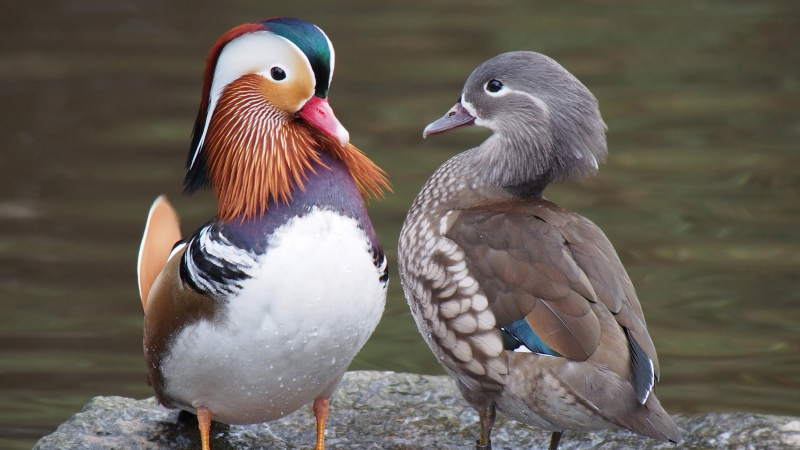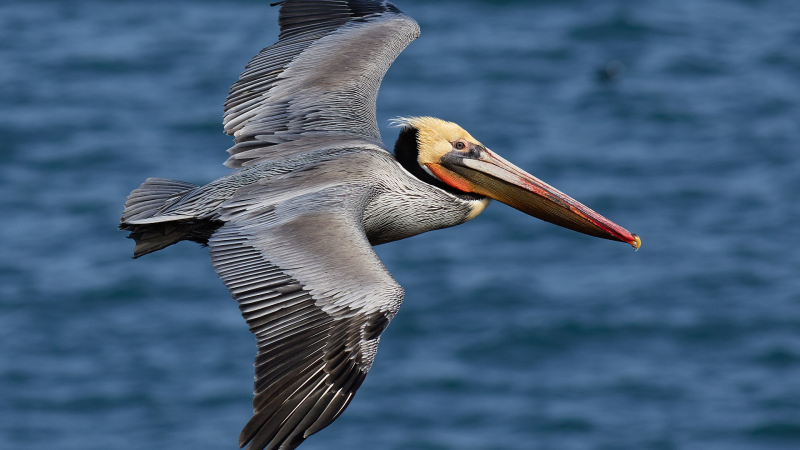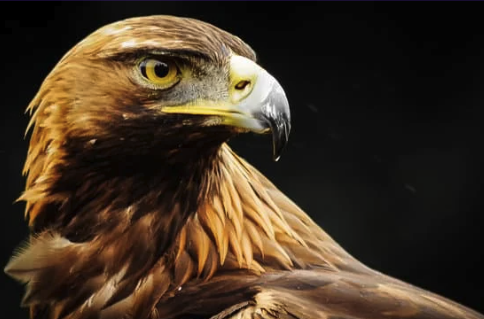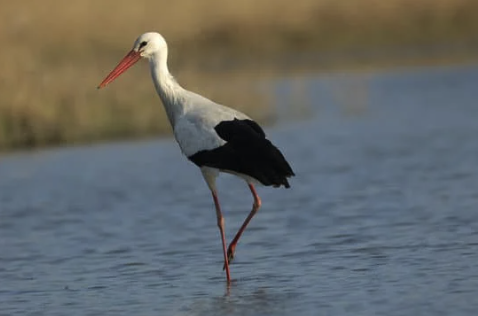Fluffy, Grey, and Wobbly: Baby Flamingos at Chester Zoo

If you’ve ever pictured flamingos, chances are you’re imagining elegant birds standing tall on one leg, showing off their bubblegum-pink feathers. But here’s the twist: baby flamingos at Chester Zoo look nothing like that. In fact, they start life as fluffy grey balls on wobbly little legs — and they’re every bit as adorable as that sounds.
Why Flamingo Chicks Are Grey (Not Pink)
The pink colour that flamingos are famous for comes from pigments in their food, mostly algae and tiny crustaceans. Baby flamingos don’t start life eating those pigments, so their feathers are a smoky grey instead. It takes a good couple of years for them to “blush” into their iconic pink. In the meantime, they look more like fluffy little dinosaurs than fashion models of the bird world.

The Flamingo Crèche
At Chester Zoo, the flamingo chicks don’t just stick by mum and dad — they join a crèche. This means that once they’re steady enough on their feet, all the chicks huddle together in a group, a bit like a nursery class. It’s not just cute; it’s practical. While the adults take turns feeding them, the chicks learn to socialise and stay safe together.
Feeding Time Is Weird but Wonderful
Unlike most birds, flamingos produce a type of “crop milk.” Both parents feed their chick by producing this protein- and fat-rich liquid in their digestive systems. Think of it as the flamingo version of a super smoothie. Watching a fluffy chick wobble up to its towering pink parent for a sip is one of the zoo’s best sights.

Why It Matters
The hatching of flamingo chicks at Chester Zoo is more than just a crowd-pleaser. Flamingos are under threat in parts of the world due to habitat loss and climate change. Breeding successes at zoos help safeguard the future of these unusual birds and also give researchers a chance to learn more about their behaviour.
Planning Your Visit
If you fancy seeing the new additions yourself, make sure to head to the flamingo habitat on your next Chester Zoo trip. The adults will be strutting their stuff in salmon-pink splendour, while the chicks will be fluffing around in their grey coats, looking like they’ve just rolled out of bed.





